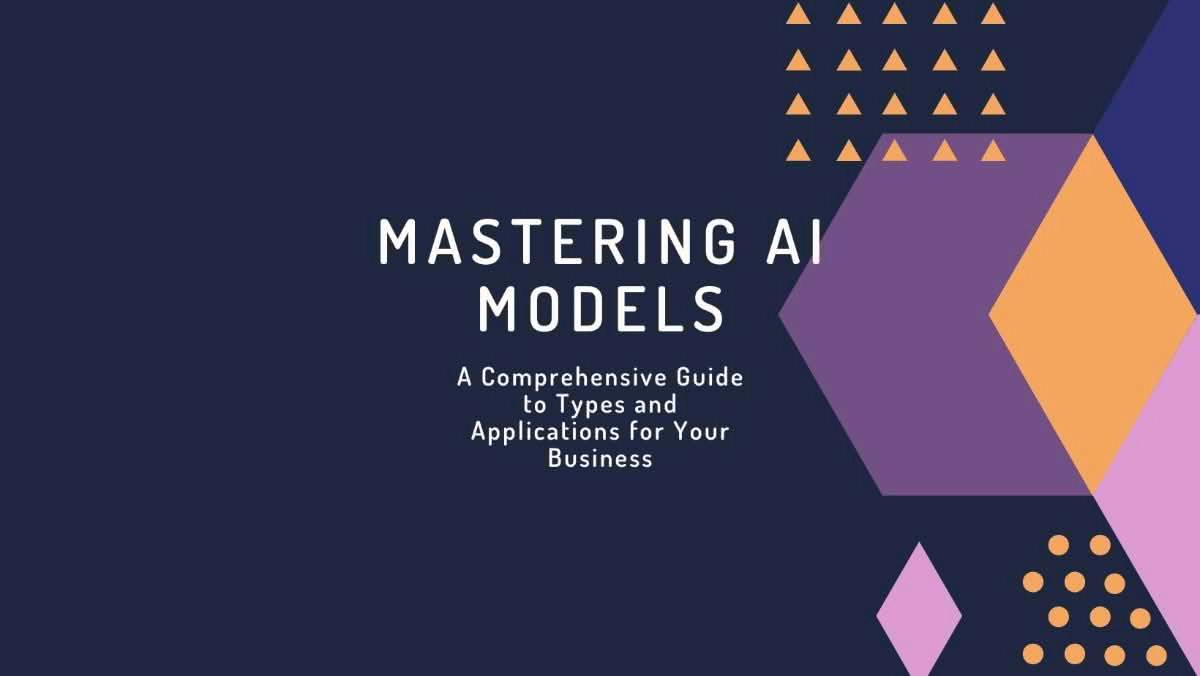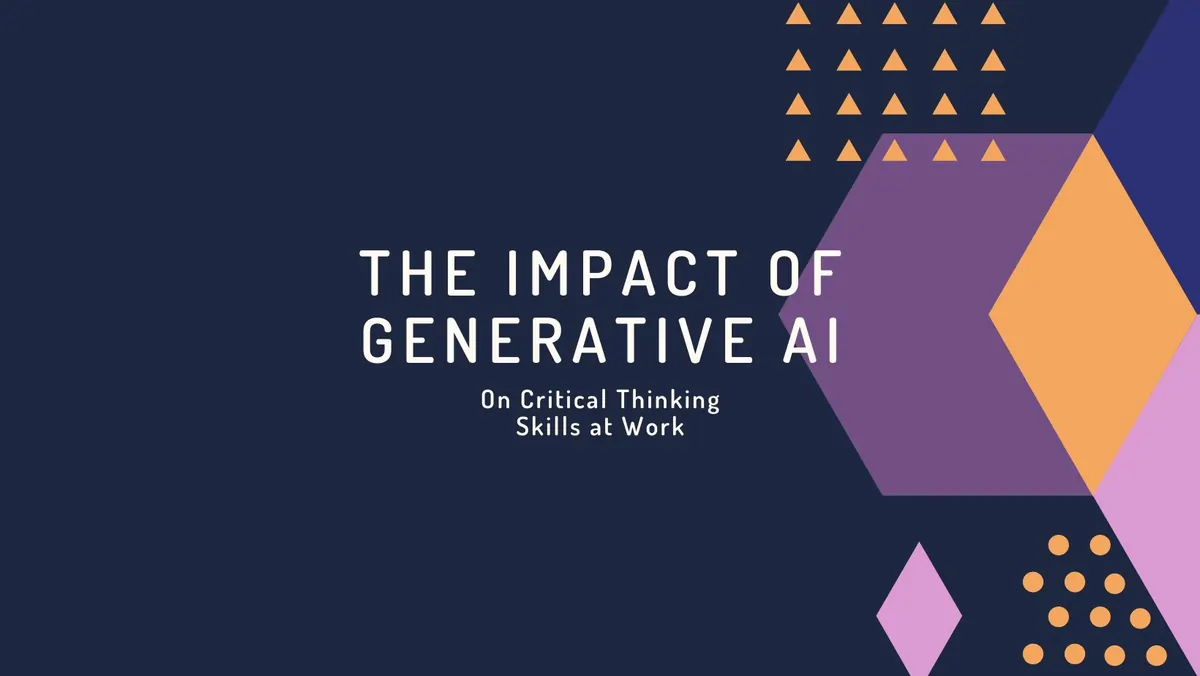Introduction
In the fast-paced world of technology, artificial intelligence (AI) is a game-changer, reshaping industries and redefining how we solve problems and make decisions. At the core of this AI revolution are AI models—complex algorithms trained on extensive datasets, capable of learning, analyzing, and predicting with remarkable precision.
In this detailed guide, we'll explore the diverse types of AI models, their unique features, and how you can effectively use them to enhance your business operations. Whether you're a tech enthusiast, a data scientist, or a business leader aiming to leverage AI for competitive advantage, this post will equip you with essential insights into AI models and their applications. By optimizing this content with relevant keywords and practical advice, we aim to help you rank higher in search engine results and reach a broader audience.
What are AI Models?
AI models are the backbone of artificial intelligence. These virtual models simulate human cognitive functions through sophisticated algorithms and data training. By processing vast amounts of information, AI models can perform tasks ranging from basic automated responses to complex analytical predictions.
The effectiveness of an AI model largely depends on the quality and volume of data it processes. Skilled data scientists and AI engineers are vital in crafting these models, refining algorithms, and adjusting parameters to maximize performance. Understanding these fundamentals is crucial for anyone looking to harness AI's potential in their business strategy.
Types of AI Models
Understanding the various types of AI models is crucial for selecting the right tool for your business needs. Here's a closer look at some of the most widely used models:
Machine Learning Models
Machine learning is a subset of AI focused on building systems that learn from data. These models identify patterns and make predictions autonomously. They fall into two main categories:
Supervised Learning Models: These models work with labeled datasets where input-output pairs guide the learning process. By recognizing patterns within the data, supervised learning models can make accurate predictions on new, unseen data—a valuable asset for businesses seeking predictive insights.
Unsupervised Learning Models: These models work without labeled data, discovering hidden patterns and relationships autonomously. Unsupervised learning is instrumental in tasks like segmentation, anomaly detection, and exploratory data analysis, providing businesses with fresh perspectives on their operations.
Deep Learning Models
Deep learning represents a more advanced form of machine learning, utilizing artificial neural networks to process intricate data sets. These models excel at pattern recognition tasks such as image classification, natural language processing, and speech recognition.
For businesses, deep learning models offer unprecedented automation of complex tasks previously reliant on human intelligence. Their ability to analyze vast amounts of data quickly makes them indispensable in various applications from customer service chatbots to real-time fraud detection.
Reinforcement Learning Models
Reinforcement learning involves training models to make decisions by interacting with an environment and receiving feedback in the form of rewards or penalties. These models are ideal for scenarios where optimal solutions are not predefined and must be discovered through trial and error.
In business applications such as robotics, supply chain optimization, and adaptive strategy development, reinforcement learning models can significantly enhance decision-making processes by continuously improving their strategies based on feedback.
How to Apply AI Models to Boost Your Business
With a solid grasp of different AI model types, let's explore practical ways to apply these models to enhance your business capabilities.
Analyzing Large Datasets
AI models shine when it comes to analyzing complex datasets. Whether dealing with structured data or multimedia content, these models help uncover hidden patterns and provide actionable insights. This capability is invaluable for businesses aiming to make data-driven decisions and optimize operational efficiency.
Predictive Analytics for Strategic Decisions
AI models excel at pattern recognition and predictive analytics. By training these models on historical data, businesses can forecast market trends, anticipate customer behavior, and identify potential risks—empowering strategic decision-making that drives growth.
Automating Content Creation
Natural language processing (NLP) and deep learning models have become increasingly proficient at generating human-like content. From crafting personalized marketing messages to automating customer support responses, these models streamline content creation processes and enhance user engagement.
Enhancing Automated Decision-Making
Reinforcement learning models are particularly useful in automating complex decision-making processes. By continuously learning from dynamic environments, these models optimize strategies for goals such as cost reduction, resource allocation, or customer satisfaction—making them a powerful tool for businesses facing fluctuating demands.
Conclusion
AI models are pivotal in driving technological innovation across industries. By understanding the different types of AI models and effectively applying them to your business needs, you can unlock new opportunities for growth and differentiation.
Whether you're seeking to enhance data analysis capabilities, improve predictive accuracy, automate content creation, or streamline decision-making processes, there's an AI model ready to elevate your business strategy. Embrace the transformative potential of AI by integrating these virtual brains into your operations and positioning your business at the forefront of innovation.





Comments